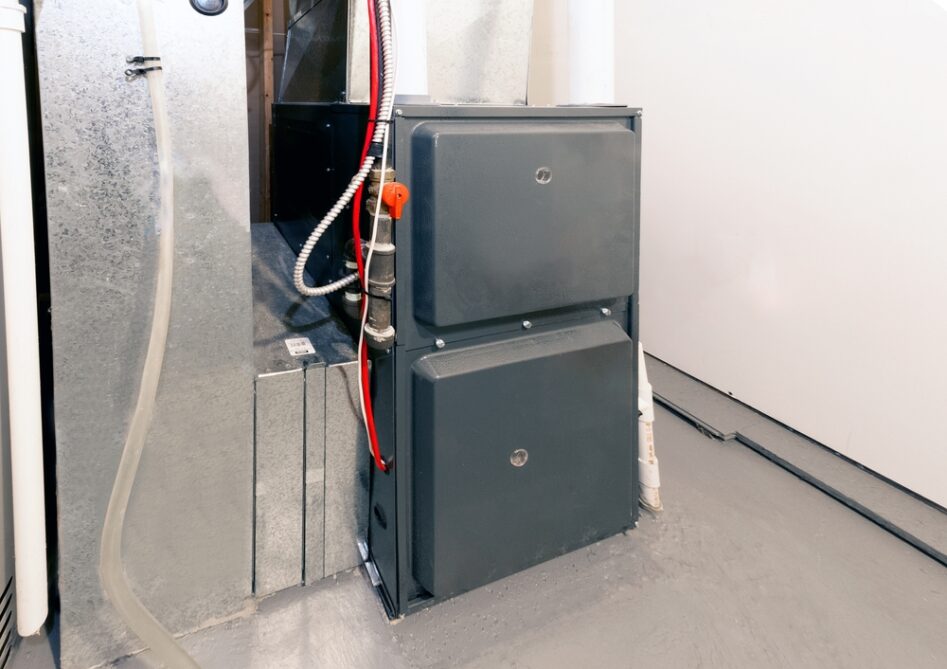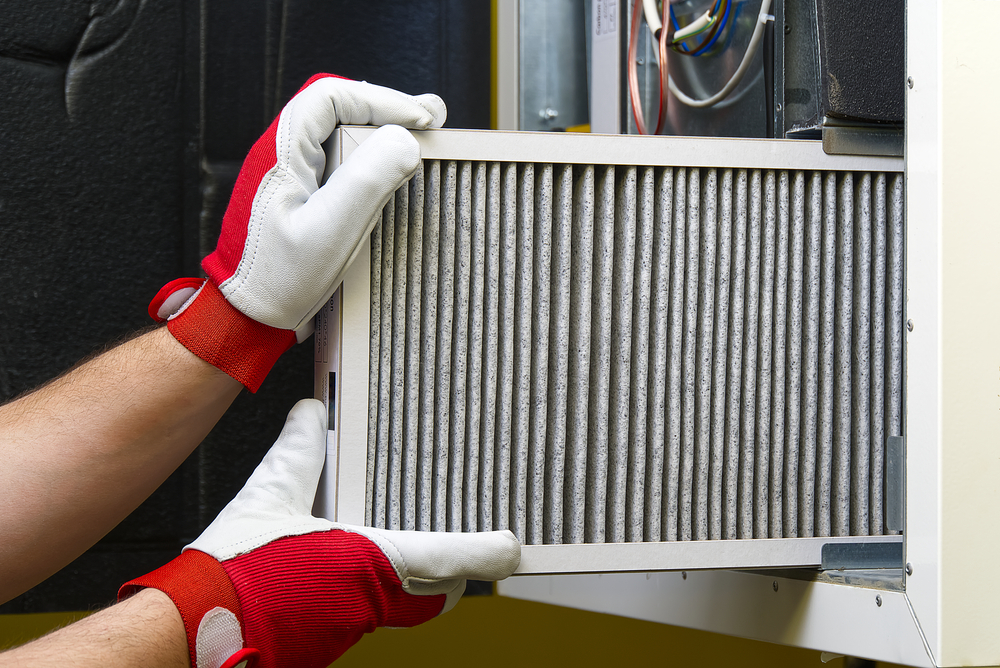Furnace Not Igniting: Common Causes & How To Fix

A shivering away in a cold house isn’t the type of cozy winter you pictured. If your furnace breaks when you need it most, you’re not alone. Furnace issues happen to a lot of people, and luckily, it’s almost always fixable. So, if your furnace is not igniting, continue reading to learn how you can troubleshoot it yourself—and how we can help if all else fails.
Table of Contents:
Quick Checklist: Furnace Not Igniting? Start Here
If you’ve realized your furnace is having problems turning on, the first thing you should do is to remain calm. And if you’re on our blog, you’re in the right place.
We recommend following this simple checklist for quick troubleshooting.*
- Check the thermostat
- Ensure the power switch is on
- Inspect the furnace filter
- Look for error codes or blinking lights
*Important: If you smell gas, leave your home and call 911.
6 Reasons Why Your Furnace is Not Igniting
The hard part in all this is determining the source of the issue, which could be coming from one or more components. However, after servicing hundreds of furnaces over the years, we’ve found that most furnace problems boil down to six reasons.
Gas Line Issue
A clogged gas line is one of the most common reasons why a furnace won’t turn on. If your furnace can’t receive a supply of gas, it won’t work. The best solution moving forward here is to call a professional technician to inspect your furnace and gas source for any obstructions.
Problems With Your Thermostat
Sometimes a faulty thermostat can be an easy fix. But sometimes it’s not so simple. If you’ve already set your thermostat to the correct temperature and changed the batteries, then there’s another problem going on that should be inspected by a professional.
Dirty Gas Burners
Your furnace’s burners might not be able to burn correctly if too much dirt has accumulated on them. This is dangerous because it can create a high amount of carbon monoxide in the system. The best way to prevent this is by blowing compressed air through the burners and cleaning the outside of them with a brush or soft rag.
Defective Ignitor or Pilot Light
If your furnace stops working out of the blue, especially after working just fine, then there’s a chance you have a defective ignitor or pilot light. The trick here is to figure out which component isn’t working.
Listen to your furnace as it tries to start; is it making a clicking noise? If so, it probably needs a new ignition system. If it fires for a moment and then shuts off, it probably needs a new standing pilot light.

Dirty Furnace Filter
A furnace filter is supposed to catch things like dust and debris, but it only works properly if it’s changed every 90 days. If you haven’t changed the furnace filter in a while and your furnace isn’t working, you probably already know the solution.
Defective Flame Sensor
A flame sensor detects if a flame is present. If it detects a faulty signal, it shuts down. However, a defective flame sensor can cause your furnace to run continuously, producing high amounts of heat. This can cause your furnace to overheat and burn out.
The best way to fix this is to clean your air vents, unplug the furnace, and call a professional.
How To Fix a Furnace That’s Not Igniting
1. Check Thermostat Settings
Is the thermostat set to the right temperature? Does your thermostat need new batteries? If you have a smart thermostat, double-check that it’s connected to your Wi-Fi.
2. Inspect the Pilot Light
The pilot light is a small flame that remains burning at all times. It’s typically located in the access panel at the bottom of your furnace. If the pilot light is out, relight it by following your manufacturer’s instructions. If it continues to go out, there might be an issue with your thermocouples or gas valves.
3. Ensure the Gas Valve is On
The gas valve must be turned on to supply fuel. If it’s not turned on, your furnace won’t be able to ignite. Manual gas valves should be rotated counterclockwise to fully open; automatic gas valves have a switch or button that needs to be flipped or pressed ‘on’.
If you’ve opened your gas valve to no avail, stop and contact an HVAC technician. A Hunter Super Techs team member can help.
4. Clean or Replace the Ignitor
Is the gas valve on and is the pilot light burning clean? If you’ve checked both, now is the time to check the ignitor. An ignitor is what creates a spark to ignite gas, which then ignites the furnace. Ignitors can develop cracks and other signs of wear and tear over time. Be sure to visually inspect the ignitor for damage.
It’s important to remember that working with a gas appliance can be dangerous, so we always recommend contacting a trained and licensed professional.
When To Call a Professional
Most people can perform simple troubleshooting like checking the thermostat or replacing the air filter—but again, gas appliances can be dangerous. If all else has failed, call Hunter Super Techs. We’re a one-call, fix-it-all heating repair service provider dedicated to our customers’ comfort and safety.

Frequently Asked Questions
How do I reset my furnace ignitor?
Turn off the power to the furnace, wait a few minutes, and then open the access panel. If there are no signs of damage, press the reset button. It’s usually yellow.
Next, replace the access panel door and power up your furnace. Once you’ve raised the temperature on the thermostat, the furnace should kick on again.
Can a thermostat prevent a furnace from igniting?
Yes. A thermostat can prevent a furnace from igniting if the temperature is set too low. It also might not activate the furnace if the batteries need to be replaced. Newer thermostats may alert you with an error code.
How often do furnace igniters go bad?
Igniters typically last between 3-5 years before cracking. Consider replacing your furnace igniter if it has reached the 3-year mark.
Fix Your Furnace Ignition With Hunter Super Techs
At Hunter Super Techs, we work hard to restore the comfort of our customers. You shouldn’t have to go a day without heat, which is why we promise to never charge after-hours or emergency service fees.
With transparent, upfront pricing and award-winning services, it’s easy to see why we’ve become the most trusted name throughout Central Oklahoma and North Texas.
